新三教—清華大學第三教學樓改造設計方案
朱文一
清華大學第三教學樓(簡稱“三教”)建于20世紀80年代,至今依然是大學最重要的公共教學場所。三教位于清華大學校園的幾何中心,在北面的學生宿舍區和南面的教學科研區之間,具有極強的可達性。經過30多年的高強度使用,特別是近年來清華大學追求“雙一流”建設的目標,三教逐漸顯露出與當今教學空間要求不匹配的狀況。首先是南北向主干路學堂路東面的多數建筑退線不一,過多的凹空間導致學堂路沒有形成連續有序的界面,其中向東凹進的三教地位關鍵;其次是位于學堂路旁的半地下自行車庫利用率低,沒有起到校園中心地區自行車停放的作用,導致地面公共活動空間被自行車停放所占據;最后是30多年前建成的教學樓內的各類教室空間已經不適應當代人才培養更加多元化的使用需求。
朱文一工作室在深入調研和分析的基礎上,針對上述問題對三教進行全方位的改造設計,完成了“新三教”設計方案。方案體現了以下四個方面的特點:
第一,補齊界面,整合學堂路空間(圖1、圖2)。學堂路與南北向布置的建筑有一個小夾角。新三教改造設計方案將正南北向的建筑通過屋頂太陽能光伏板設計表現出來,表達了改造設計方案對既有建筑的尊重。而沿學堂路設計的改造建筑立面實現了學堂路空間界面的連續性。新三教改造設計方案西立面天際線完整呈現的小夾角,則創造了新三教富于靈動感的建筑形象(圖3)。
第二,巧妙設計,創造入口廣場(圖4—圖6)。新三教改造設計方案采用南北兩頭翹的加建建筑形體,既探索了開放式階梯教室的新類型,又創造了教學樓獨特的半室外出入口廣場空間。結合三教現狀,新三教改造設計方案沿學堂路布置了南北兩個出入口。作為主要入口,半室外的南入口廣場滿足集中人流集散所需要的空間,同時以其新穎的造型成為新三教建筑的突出形象特征。
第三,加建,增加教室空間類型(圖7—圖9)。在三教現狀西側拆除半地下自行車停車庫,加建適應多種用途的教室空間類型。其中包括不同規模的階梯教室,有的階梯教室空間與門廳、走廊等公共空間相結合,探索以“學”為主體的教室空間新類型。在既有教室空間的改造設計中,門廳、走廊等服務空間被改造為重要的學習和交流空間。
第四,結合節能需求設計屋頂交流場所(圖10,圖11)。建筑屋頂空間長期被設計師所遺忘。新三教改造設計方案注重建筑屋頂設計,盡可能大規模增加太陽能光伏板布置,為師生創造了更多的屋頂室外學習和交流空間。同時,被設計為黑白間隔方塊的太陽能光伏板成為新三教建筑優雅的第五立面。
在萬能視角下的衛星地圖上,新三教改造設計方案展示出其在虛擬空間中的獨特形象(圖12)。
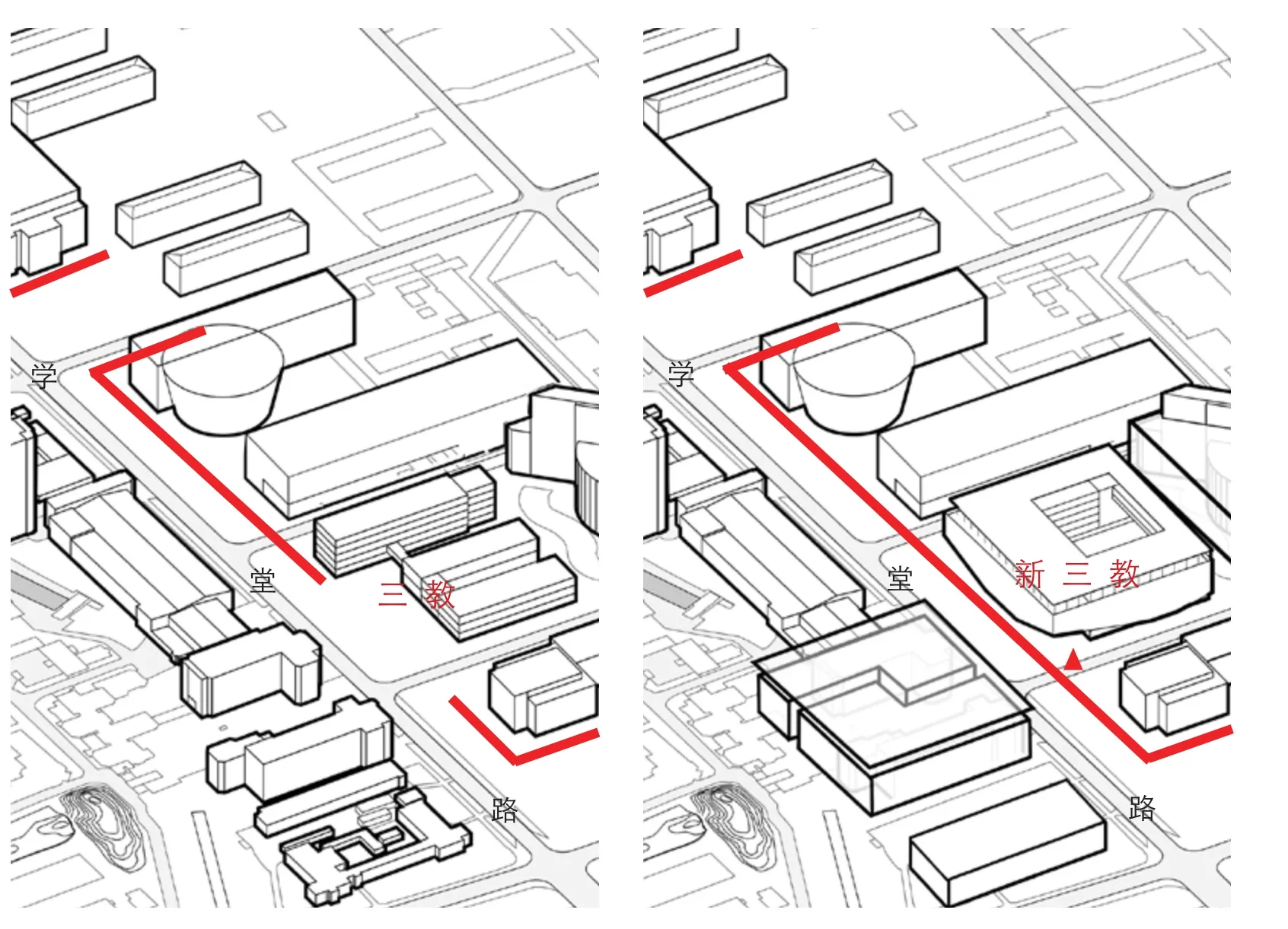
圖1 / Figure 1新三教整合學堂路空間界面New Sanjiao makes Xuetang Road intergrated
圖片來源
Figure Sources
文中圖片均為朱文一工作室提供
All figures are provided by ZHU Wenyi Atelier
FULL TEXTS TRANSLATED FROM CHINESE
The No.3 teaching building of Tsinghua University(referred to as “Sanjiao”) was built in the 1980s and is still the most important teaching place of the university. Located in the geometric center of the campus, Sanjiao is accessible to the student dormitory area in the north and the teaching and research area in the south. In past decades, the Sanjiao's complex of teaching buildings has gradually been in bad condition and has not adapted to the contemporary diversi fied teaching requirements.
Zhu Wenyi‘s Atelier has proposed a reconstruction design scheme so called as New Sanjiao. There are three points as follows:
First, the fa?ade designed along the Xuetang Road realizes the continuity of the interface of the Xuetang Road (Figure 1, 2). There is a small angle between Xuetang Road and the north-south layout of the Sanjiao buildings. The illusion caused by the small angle of the New Sanjiao‘s fa?ade has become the focus of the design (Figure 3).
Second, the New Sanjiao not only explores the new typology of open classrooms, but also creating an unique semi-outdoor entrance plaza space of the teaching building. As the main entrance, it satis fies the space required for rush hour, and at the same time it becomes the another focus of the New Sanjiao with its novel form (Figure 4-6).
Third, the existing semi-underground bicycle parking garage will be replaced to the underground and 4-story terrace classrooms of different scales and types. The service spaces such as the halls and corridors will be transformed into important learning and communication spaces (Figure 7-9).
Fourth, the building's roof has long been forgotten by architects. The New Sanjiao focuses on the design of the building roof, combined with the solar photovoltaic panels, creating as much more space for outdoor learning and communication as possible for teachers and students. At the same time, solar photovoltaic panels, designed as a Chess board, became the fifth fa?ade of the New Sanjiao (Figure 10, 11).
From the God's-Eye-View on the satellite map,the New Sanjiao shows its integrated image in the virtual space (Figure 12).

圖2 / Figure 2新三教改造示意 / Designing New Sanjiao
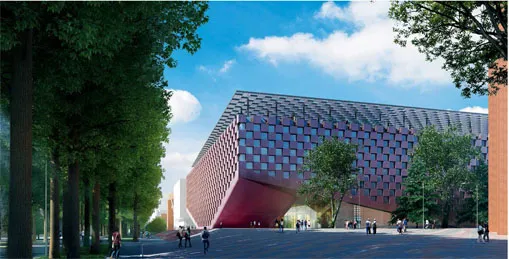
圖3 / Figure 3新三教西立面及主入口West facade and main entrance of New Sanjiao

圖4 / Figure 4新三教西立面圖/ West elevation of New Sanjiao

圖5 / Figure 5新三教南立面圖/ South elevation of New Sanjiao

圖6 / Figure 6新三教平面圖/ Plans of New Sanjiao
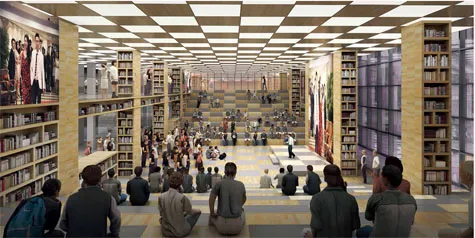
圖7 / Figure 7新三教開放教室 / Open classroom of New Sanjiao
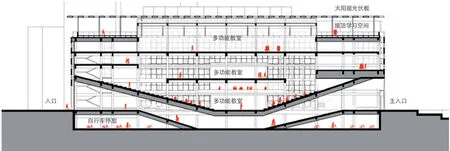
圖8 / Figure 8新三教開放教室剖面圖/ Section of New Sanjiao open classrooms from north to South
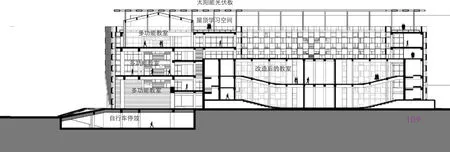
圖9 / Figure 9新三教開放教室剖面圖/ Section of New Sanjiao open classrooms from west to east

圖10 / Figure 10新三教夜景及屋頂學習空間 / New Sanjiao at evening

圖11 / Figure 11新三教鳥瞰圖/ New Sanjiao from bird's eye view
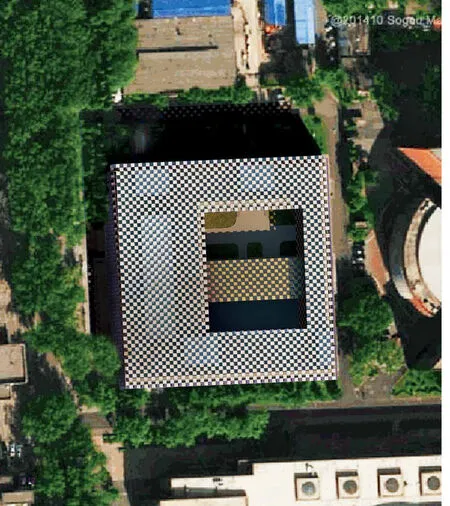
圖12 / Figure 12新三教衛星圖/ New Sanjiao on sattlittee map

